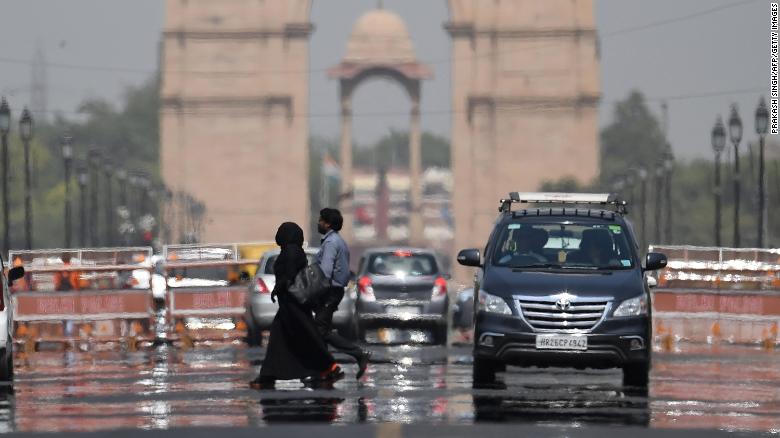A common refrain about electric cars is that they’re fine for city driving but can’t do road trips. This has been disproven many times, and Tesla owners in particular have an easy time on road trips due to Tesla’s excellent Supercharger network.
But today we’ve seen yet another reason not to worry about the capability to take EVs on long trips, as Bjørn Nyland has managed to drive 2,781km (1,728mi) in 24 hours in a Tesla Model 3 Long Range AWD. Nyland set this record on IONITY quick chargers in Germany because currently, that network is significantly faster than Tesla’s Superchargers.
The previous record was 2,644km, set last year in a Model 3 by German Horst Lüning. Lüning previously held the record before that with 2,424km in a Model S.
Nyland wanted to emphasize that this record could be done in “realistic” conditions, so there was no closed course and common road rules were followed. The record was set in Germany, on the Autobahn, and was done at high speeds, around 170km/h (105mph) much of the time.

Continue reading at: Tesla YouTuber Bjørn Nyland breaks 24-hour electric car distance record — 2,781km - Electrek
But today we’ve seen yet another reason not to worry about the capability to take EVs on long trips, as Bjørn Nyland has managed to drive 2,781km (1,728mi) in 24 hours in a Tesla Model 3 Long Range AWD. Nyland set this record on IONITY quick chargers in Germany because currently, that network is significantly faster than Tesla’s Superchargers.
The previous record was 2,644km, set last year in a Model 3 by German Horst Lüning. Lüning previously held the record before that with 2,424km in a Model S.
Nyland wanted to emphasize that this record could be done in “realistic” conditions, so there was no closed course and common road rules were followed. The record was set in Germany, on the Autobahn, and was done at high speeds, around 170km/h (105mph) much of the time.

Continue reading at: Tesla YouTuber Bjørn Nyland breaks 24-hour electric car distance record — 2,781km - Electrek






